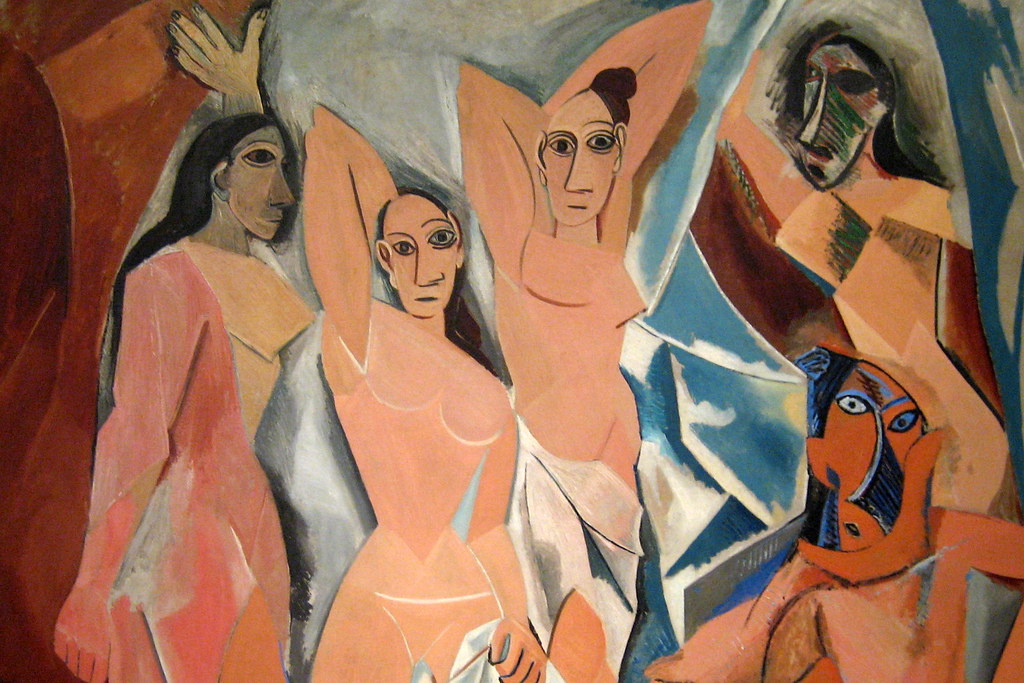
WEIGHT: 52 kg
Breast: Medium
One HOUR:70$
Overnight: +80$
Services: Photo / Video rec, Massage Thai, Spanking, BDSM (receiving), For family couples
This painting, Les Demoiselles d'Avignon, was painted in and is the most famous example of cubism painting. In this painting, Picasso abandoned all known form and representation of traditional art. He used distortion of female's body and geometric forms in an innovative way, which challenge the expectation that paintings will offer idealized representations of female beauty.
It also shows the influence of African art on Picasso. This painting is a large work and took nine months to complete. It demonstrates the true genius and novelty of Picasso's passion. He created hundreds of sketches and studies to prepare for the final work. Some critics argue that the painting was a reaction to Henri Matisse 's Le bonheur de vivre and Blue Nude. When it first exhibited in , the painting was regarded as immoral. After nine years of the painting being created, Picasso had always referred to it as Le Bordel d'Avignon, but art critic Andre Salmon, who managed its first exhibition, renamed it Les Demoiselles d'Avignon to reduce its outrageous effect on general society.

Picasso never liked Salmon's title, and as an compromise would have preferred las chicas de Avignon instead. In , art critic commentator Leo Steinberg in his article "The Philosophical Brothel" set an entirely distinctive clarification for the extensive variety of expressive characteristics. Utilizing the prior portrayals - which had been overlooked by most pundits - he contended that a long way from proof of a craftsman experiencing a quick expressive transformation, the assortment of styles can be perused as an intentional endeavor, a cautious arrangement, to catch the look of the viewer.
He takes note of that the five ladies all appear to be frightfully detached, to be sure entirely unconscious of one another. Rather, they concentrate singularly on the viewer, their dissimilar styles just advancing the power of their glare. According to Steinberg, the reversed gaze, that is, the fact that the figures look directly at the viewer, as well as the idea of the self-possessed woman, no longer there solely for the pleasure of the male gaze, may be traced back to Olympia , of Manet.

A great part of the critical debate that has occurred throughout the years focuses on endeavoring to record for this multitude of styles inside the work.




































